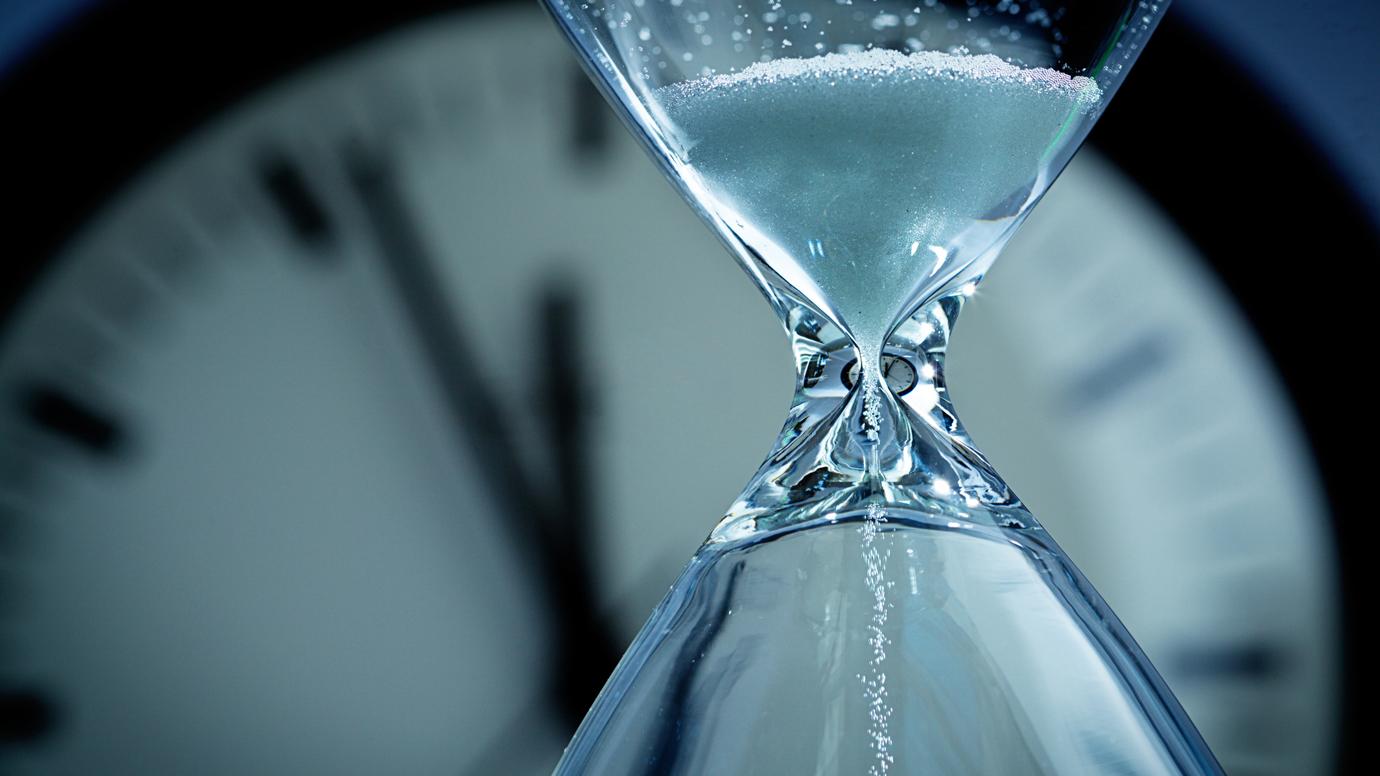August 8, 2018
Tick, tock, tick, tock
Michael Rust, UChicago, who has many ties to CBC, explains two types of circadian “clocks”
Two papers published recently, in Nature Communications and in eLife, address the differences between circadian “clocks” found in single cell microorganisms versus those found in complex, multicellular organisms, such as humans. Interestingly, the authors find that the cells that experience more of intracellular chemical fluctuations, or the “noise,” opt for a simpler, easier to reset type of a clock. Michael Rust, UChicago, is senior author on the Nature paper and co-author on the eLife paper. Rust has multiple ties to CBC. He received three CBC awards: a Catalyst in 2016, a Postdoctoral Research Award in 2014, and a Recruitment Resources Award in 2011. With the latter award, Rust became a CBC Junior Investigator. In addition, since 2017, he has served on the CBC Catalyst Review Board. CBC appreciates Michael’s time and dedication and joins in congratulating him and the other co-authors on the two high-profile publications.
A ‘noisier’ cell calls for a simpler circadian clock, UChicago scientists find
Studies show why some internal clocks are like wristwatches and some like hourglasses
UChicago News | by Louise Lerner | August 3, 2018

In a new study, scientists studied mechanisms of two kinds of circadian “clocks” in organisms—one a “true” clock like a wristwatch and the other more like an hourglass, which needs to be reset with external daily cues. Copyright istockphoto.com
In a pair of experimental and theoretical papers published in Nature Communications and eLife, University of Chicago scientists studied the mechanisms of two kinds of circadian “clocks” that nearly all living organisms use to keep track of time. Their results revealed that the more chemical fluctuations are going on inside a cell, the simpler the type of clock it prefers.
After thousands of years living on a planet with a 24-hour cycle, it’s perhaps no surprise that almost all species have evolved some form of clock to keep track of time. Scientists theorize that it’s useful to know how long it’s going to be until your next meal or how long you have to get back to your burrow before sunrise.
There are two broad types of clocks that have evolved. One is a “true” clock like a wristwatch, with its own internal mechanisms to keep it going. This is the kind that humans have.
“Even if you didn’t see the sun rise and set, you still wake up and go to sleep on your cycle—it’s why you have to get over jet lag,” explained coauthor Arvind Murugan, assistant professor of physics.
The other type of clock is more like an hourglass, which needs to be reset with external daily cues, such as sunlight. These are more common in bacteria or other small organisms.
The researchers wanted to know why an organism would gravitate toward one or the other. The question they asked was: What are the disadvantages to each kind of clock?
“The answer is that if your internal biochemistry is noisy or fluctuating, which may be especially true in small cells, those are conditions where it’s worse to build a wristwatch-type clock,” said coauthor Michael Rust, an associate professor of molecular genetics and cell biology.
All cells use a complicated set of chemical reactions to carry out their tasks. Everything from digestion to sensing to keeping track of time is accomplished by a flood of biochemical reactions. Through both theory and experiments with cyanobacteria, the team found that the noisier this internal chemical dance, the simpler the cell tends to make its clock.
In a normal set of cells, the clock (visible as the pulsing glow) stays consistent as the cells multiply. In a set of cells altered to increase “noise” inside the cell, the clock gets out of sync as the cells multiply. via Gfycat
“In order to be useful, a clock has to be protected against these internal fluctuations. For example, if your wristwatch sped up 10 minutes every time it gets hotter in the room, it wouldn’t be very useful,” Rust said.
Wristwatch-type clocks have more moving parts, so they can break down more easily. But simpler clocks can be fooled by cloudy weather. Basically, if your outside environment is more likely to fluctuate, you want a wristwatch clock. But if conditions inside the cell are more likely to fluctuate, you want an hourglass clock.
“This was a bit of a surprise because people have been looking at biological fluctuations for a long time, but only from one angle. Here we have these sharp examples of two different kinds of fluctuations, and they cannot be solved at the same time,” Murugan said. “It doesn’t matter how the specific biological clock works—if it’s many cells, like in humans, or within one cell like a bacterium—it’s just intrinsic to the physics of oscillation and the geometry of the underlying dynamical system.”
The experimental study published in Nature Communications was led by Justin Chew in Prof. Rust’s lab. Other coauthors were Eugene Leypunskiy and Jenny Lin. The theoretical study published in eLife was led by Weerapat Pittayakanchit and Zhiyue Lu in Prof. Murugan’s group.
Funding: eLife study: Simons Foundation. Nature Communications study: National Institutes of Health, Pew Biomedical Scholars Award.
Source:
Adapted (with modifications) from the UChicago News, by Louise Lerner, published on August 3, 2018.
Citations:
Chew J, Leypunskiy E, Lin J, Murugan A, Rust MJ. High protein copy number is required to suppress stochasticity in the cyanobacterial circadian clock. Nat Commun. 2018 Aug 1;9(1):3004. (PubMed)
Pittayakanchit W, Lu Z, Chew J, Rust MJ, Murugan A. Biophysical clocks face a trade-off between internal and external noise resistance. Elife. 2018 Jul 10;7. (PubMed)
Featured scientist(s) with ties to cbc:
Michael Rust, UChicago
- CBC Catalyst Review Board (2017 — present):
▸ Current membership
Michael Rust (UChicago) — Board Member - CBC Catalyst Award (2016):
▸ Transplanting a Prokaryotic Oscillator to Animals to Restore Circadian Clock Function
PIs: Michael Rust (UChicago) and Ravi Allada (NU) - CBC Postdoctoral Research Award (2014):
▸ SMRF-seq: high throughput analysis of gene function
PIs: Guillaume Lambert (postdoc) and Michael Rust (UChicago) - CBC Recruitment Resources Award (2011):
▸ CBC Junior Investigator
PI: Michael Rust (UChicago)

